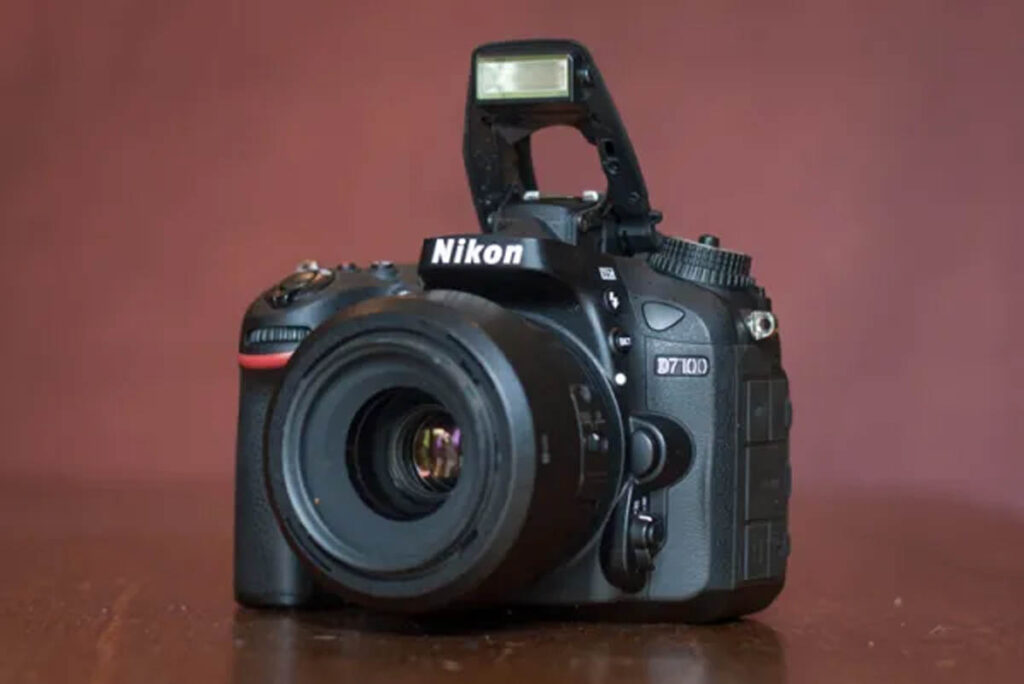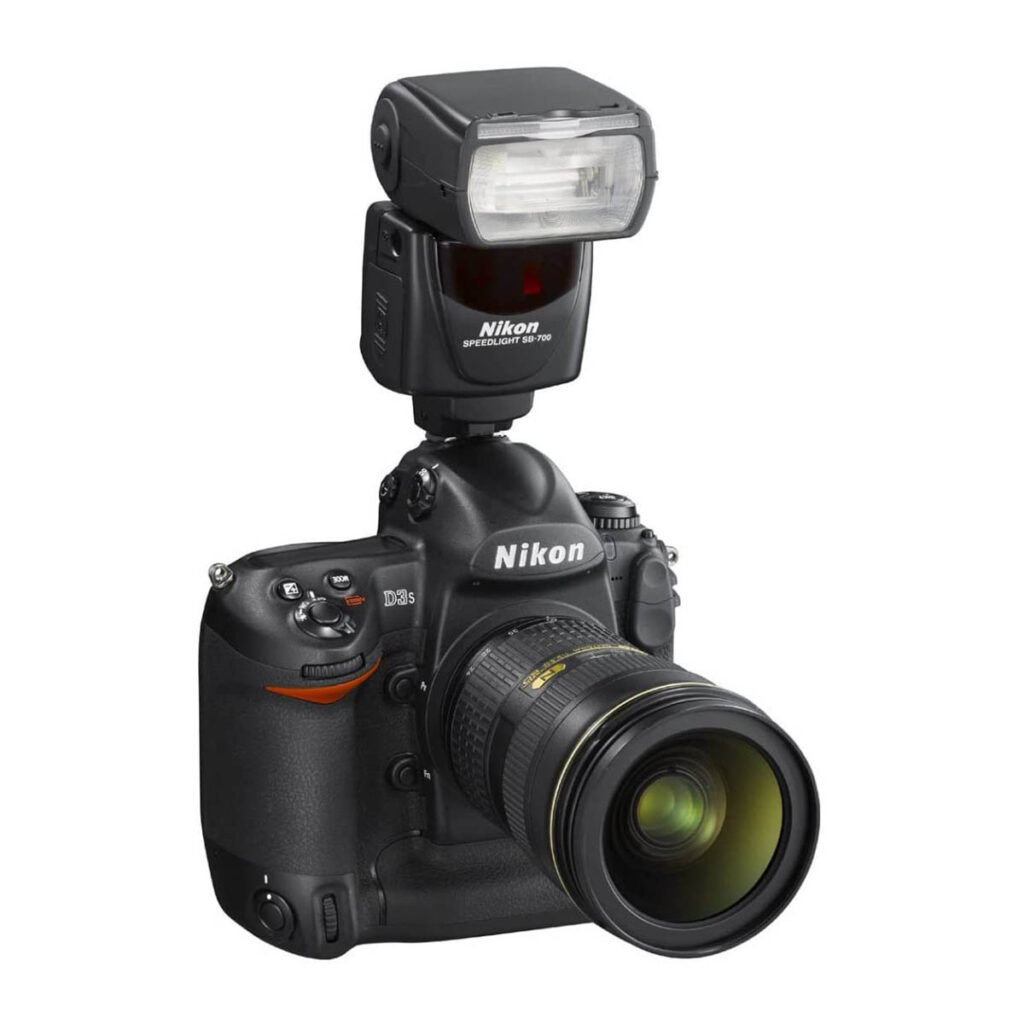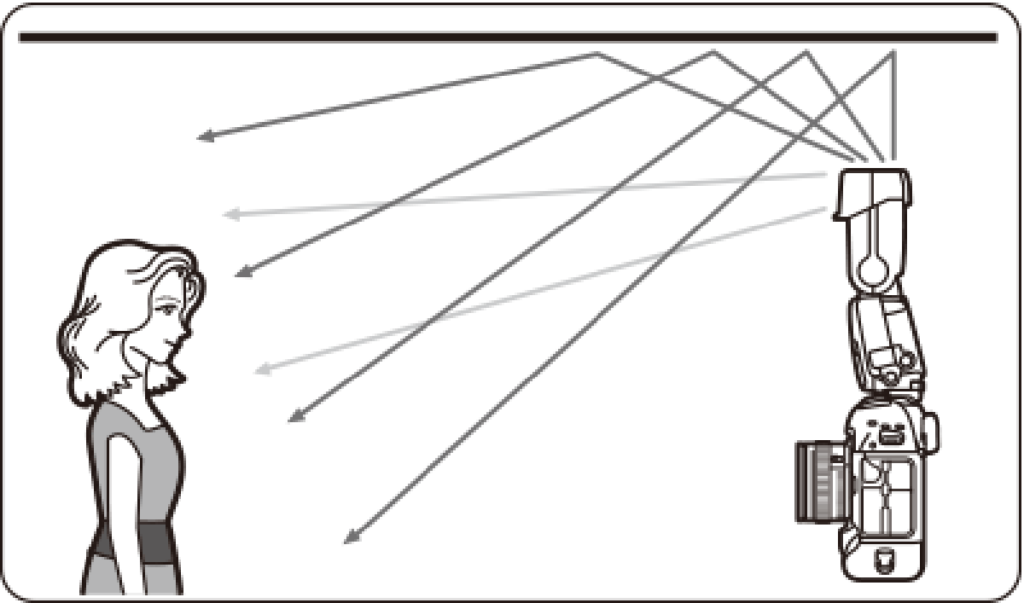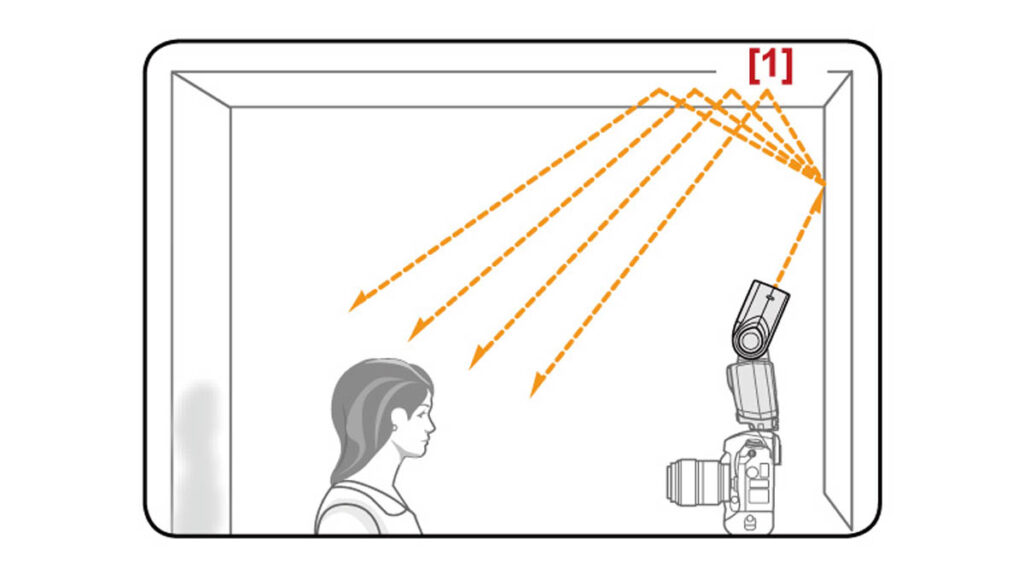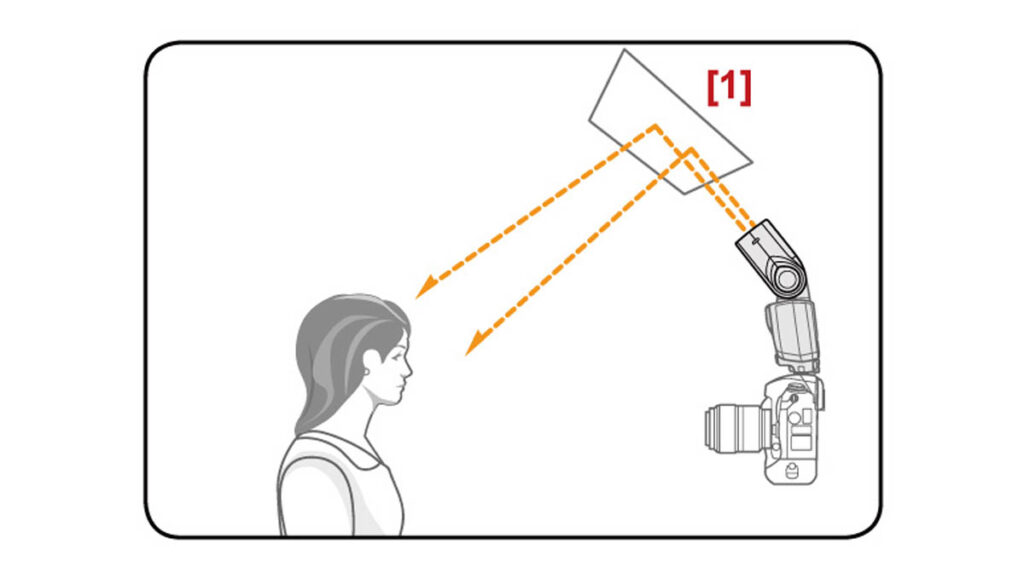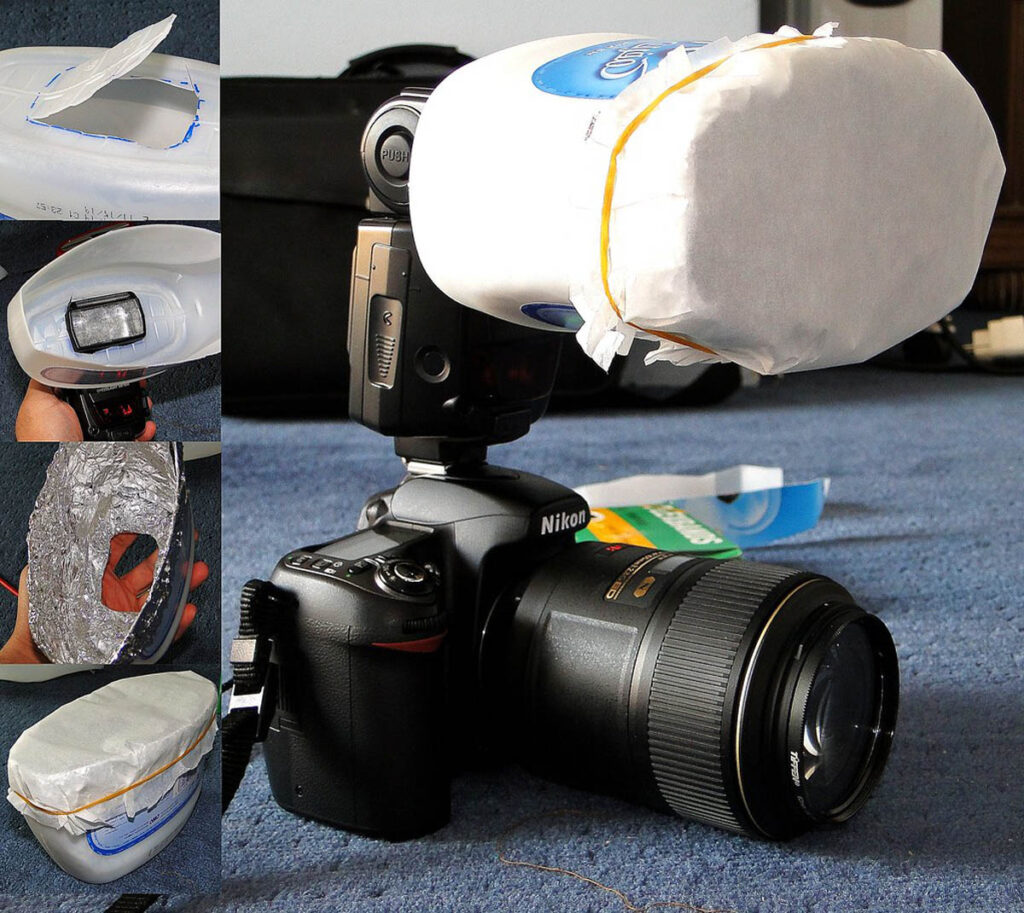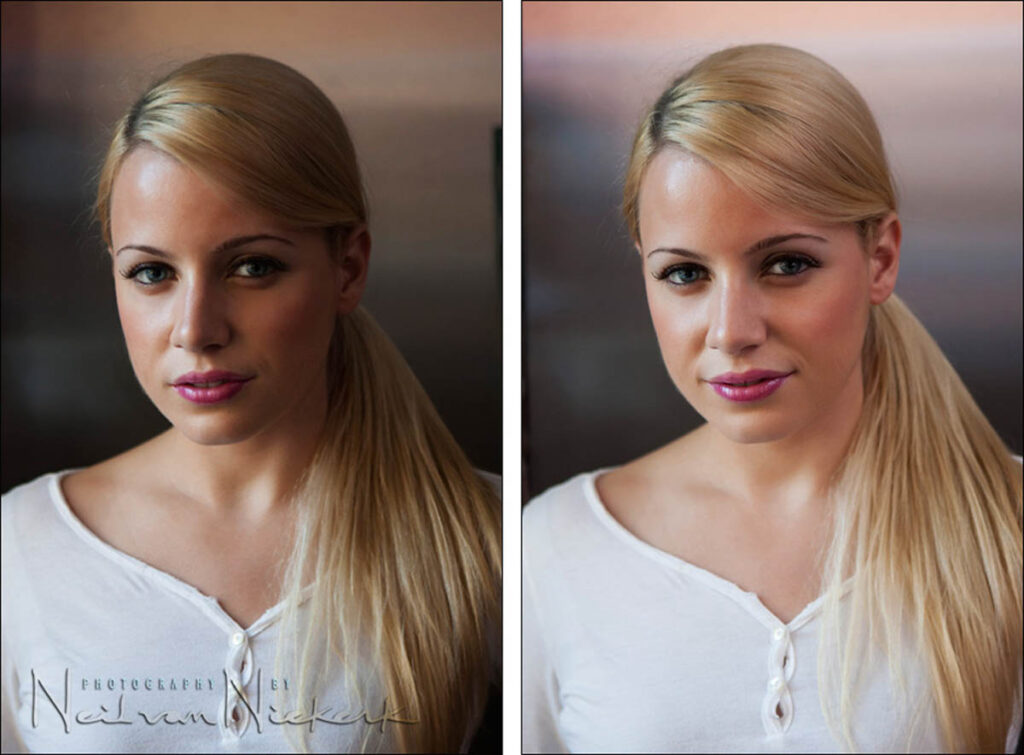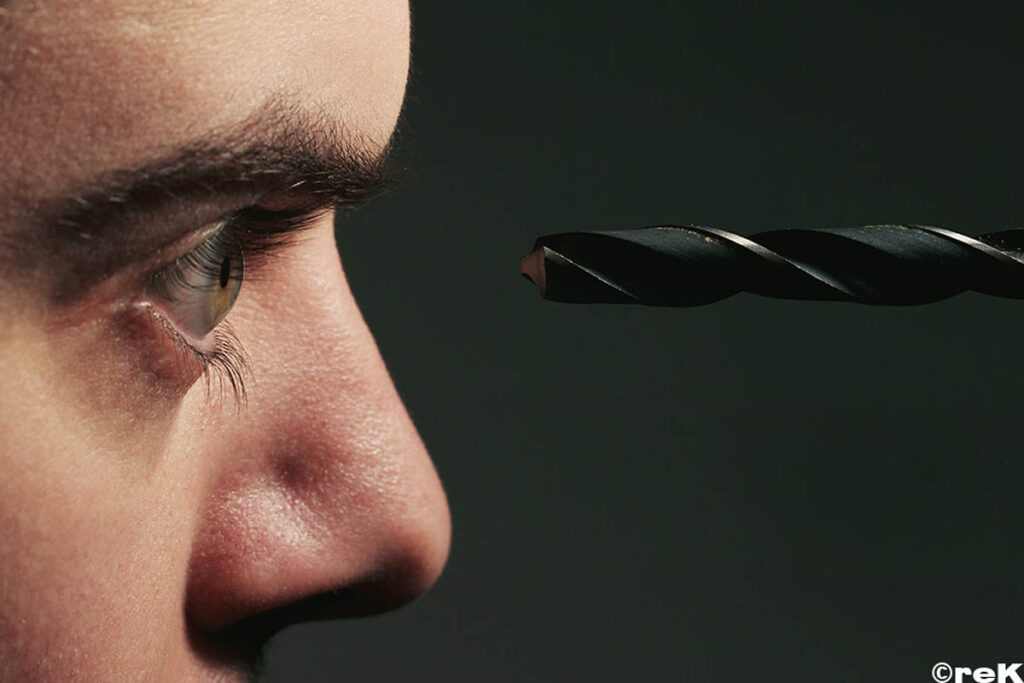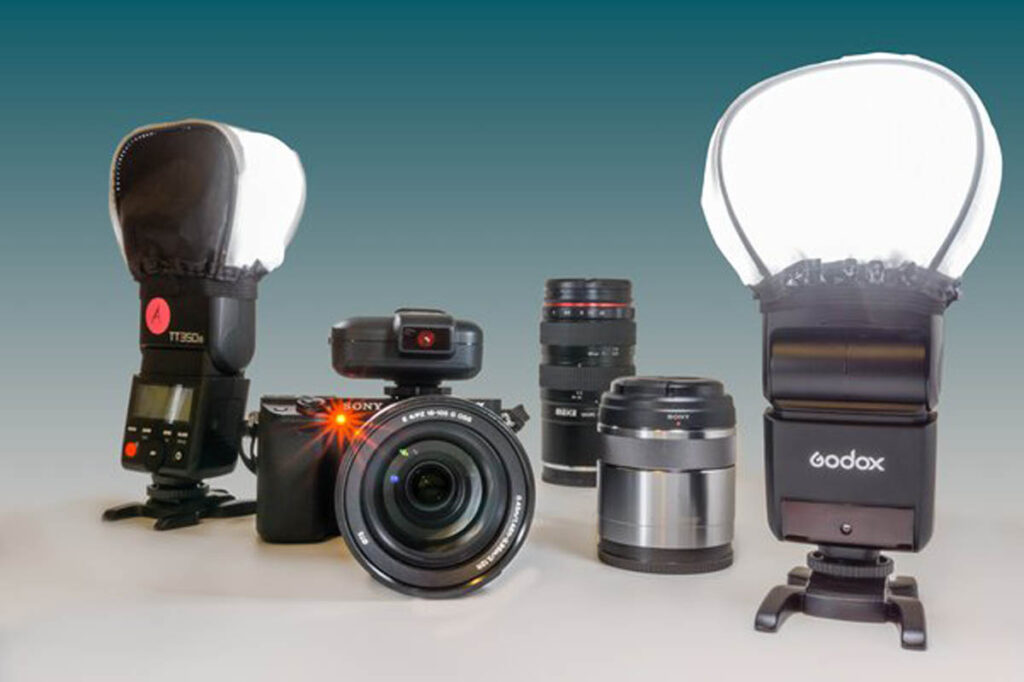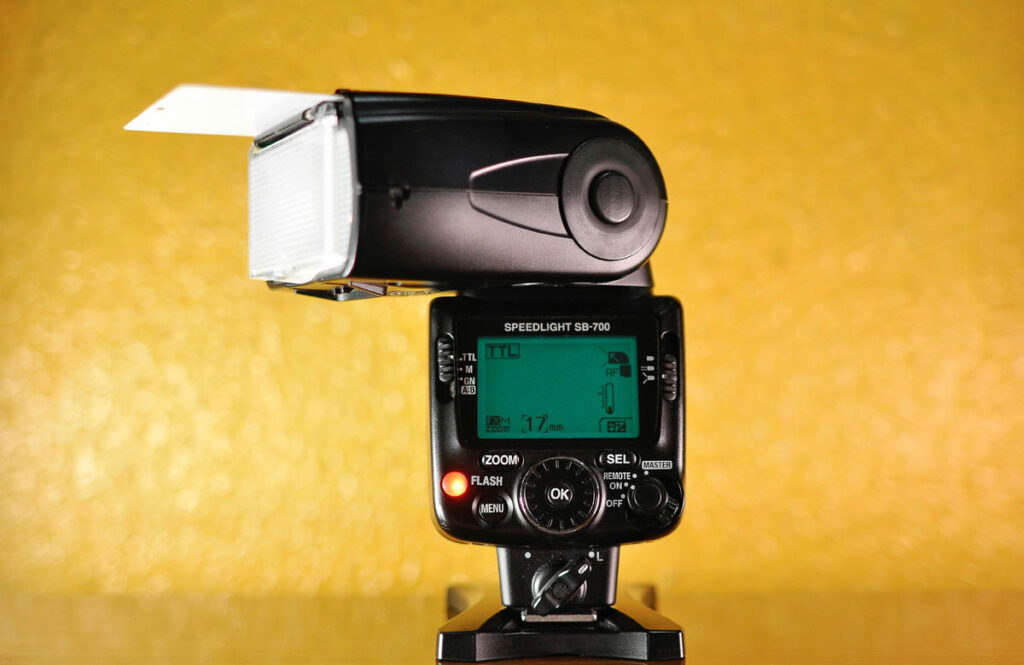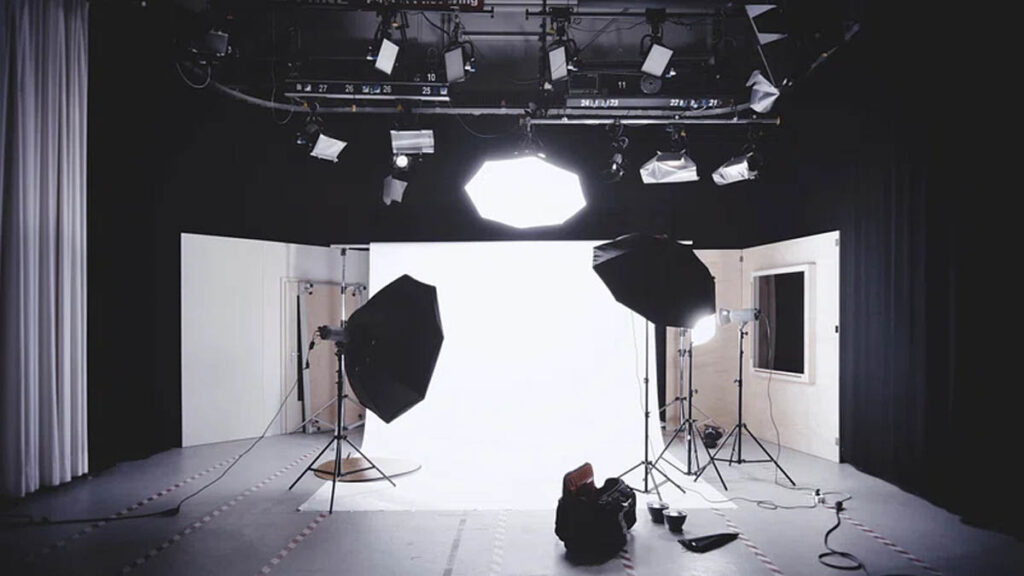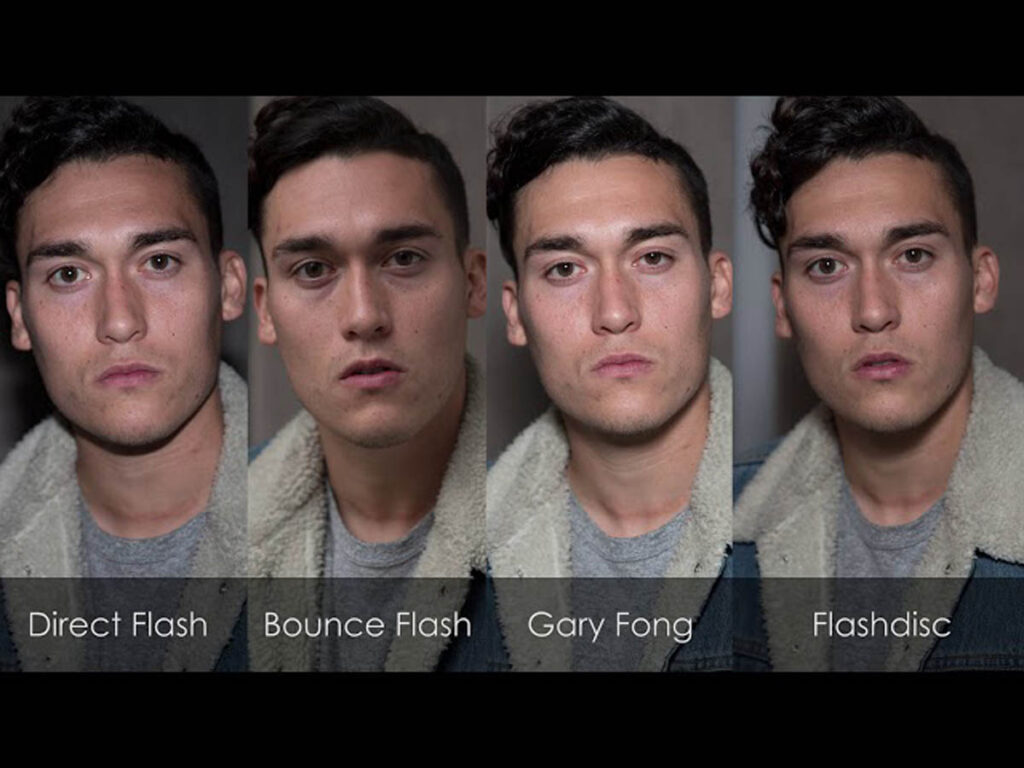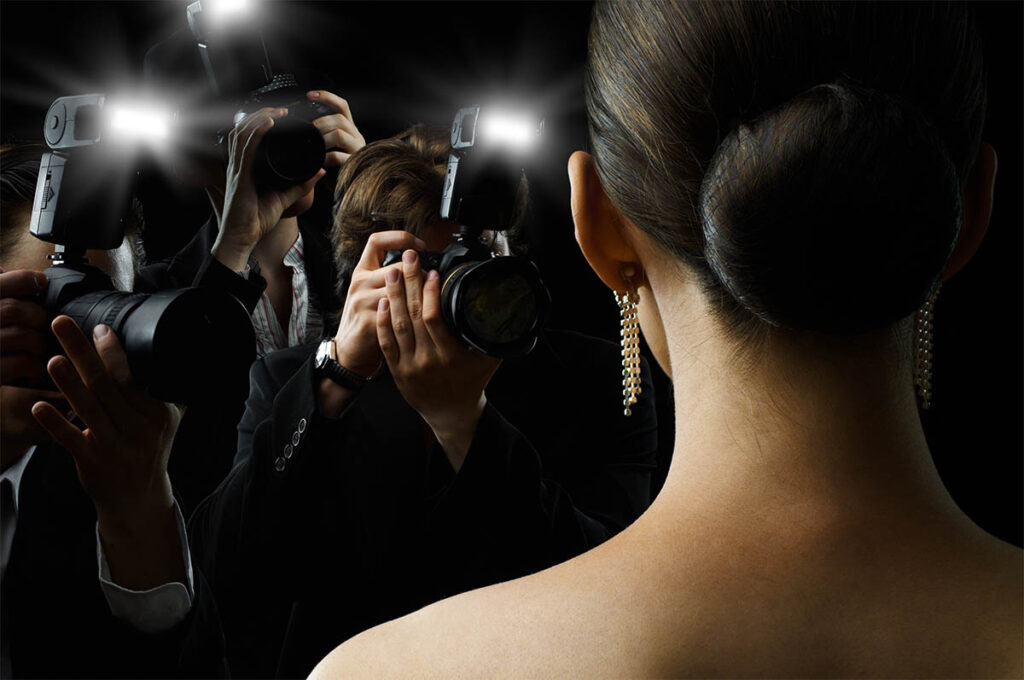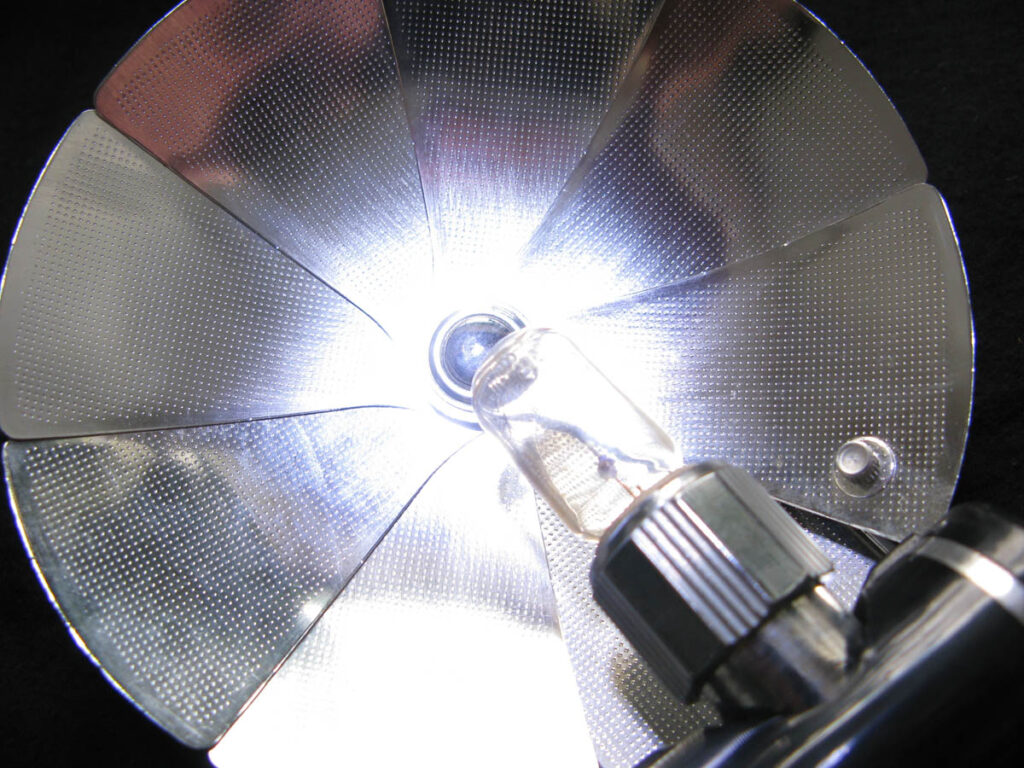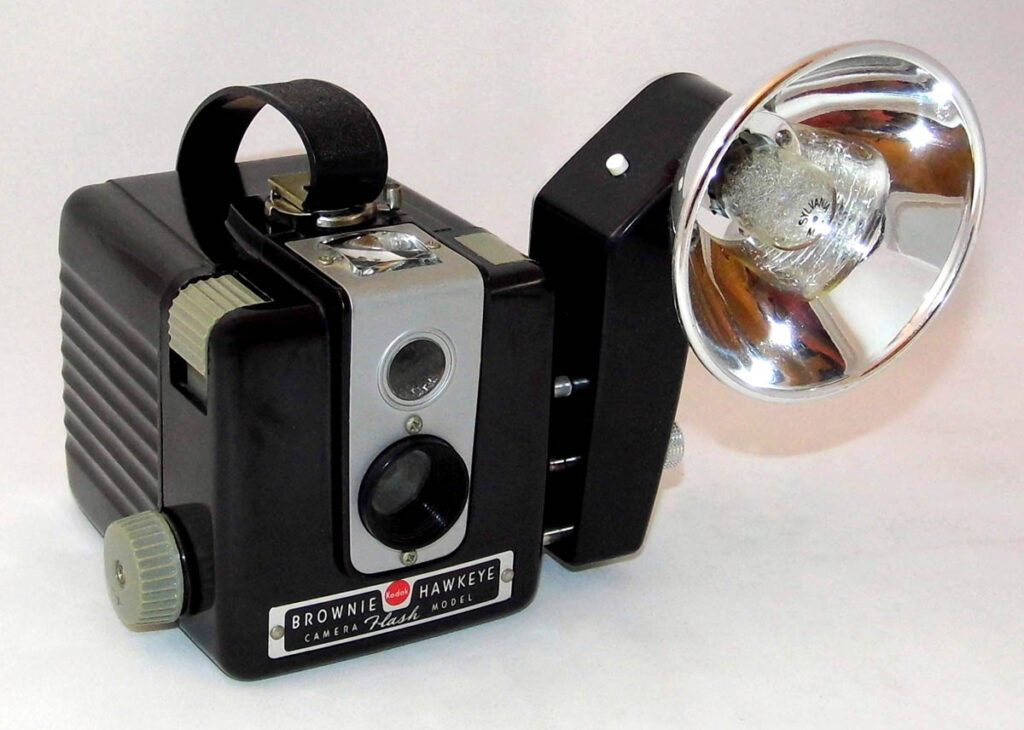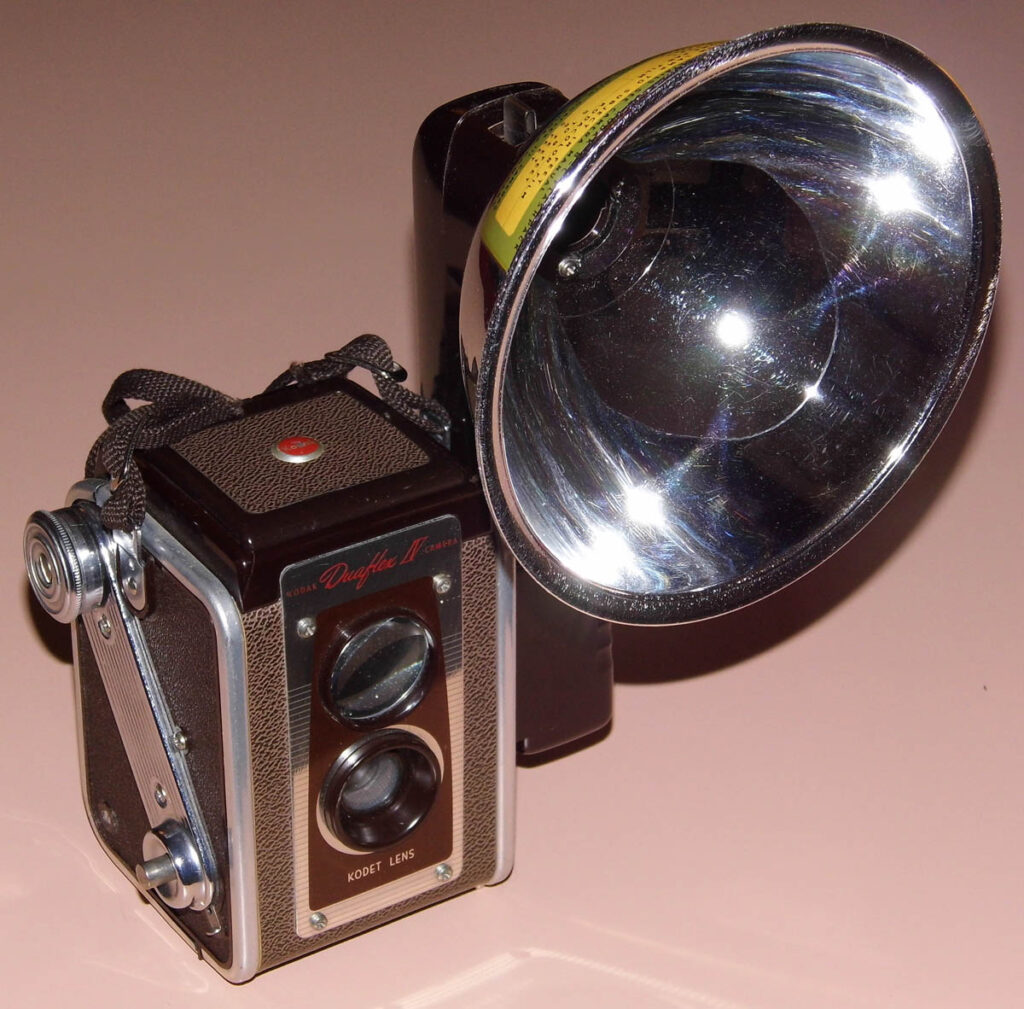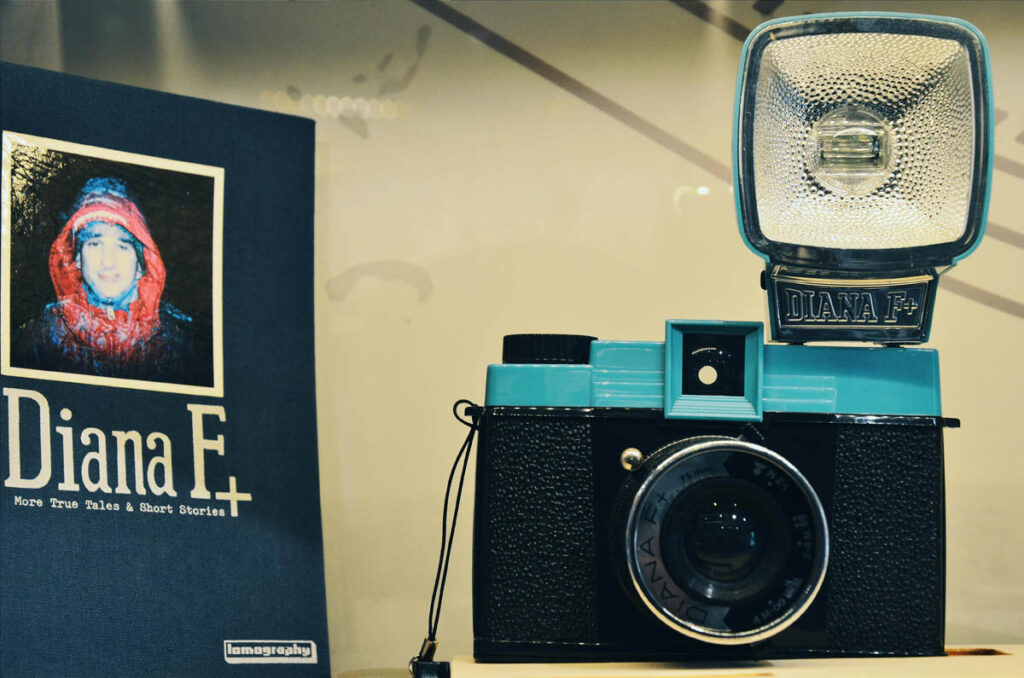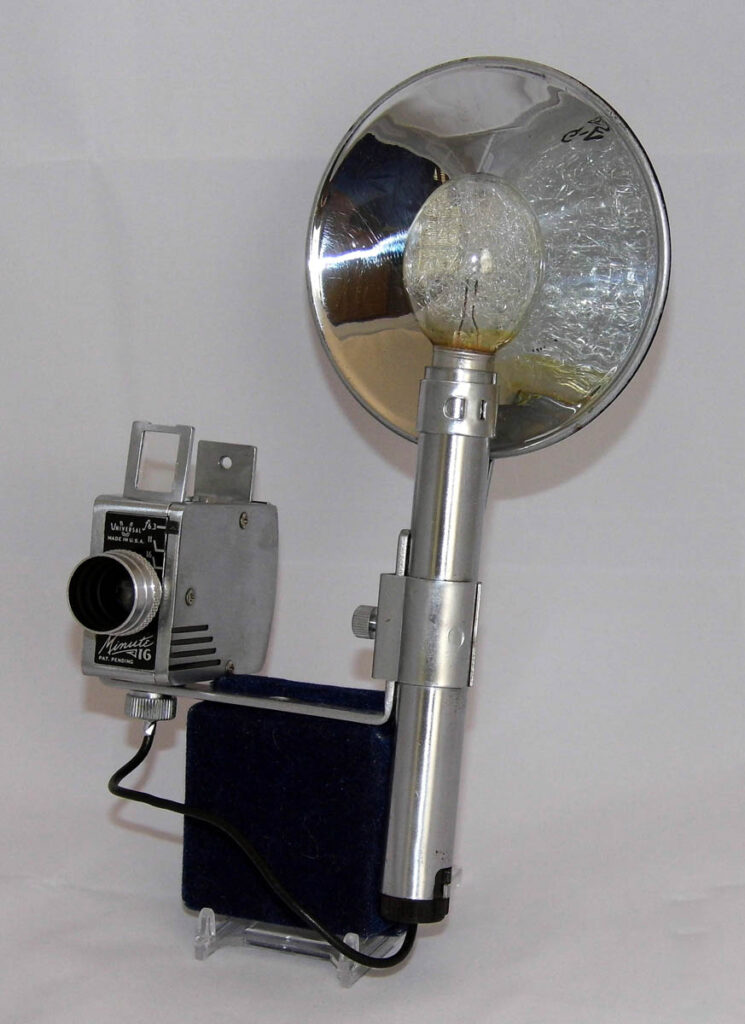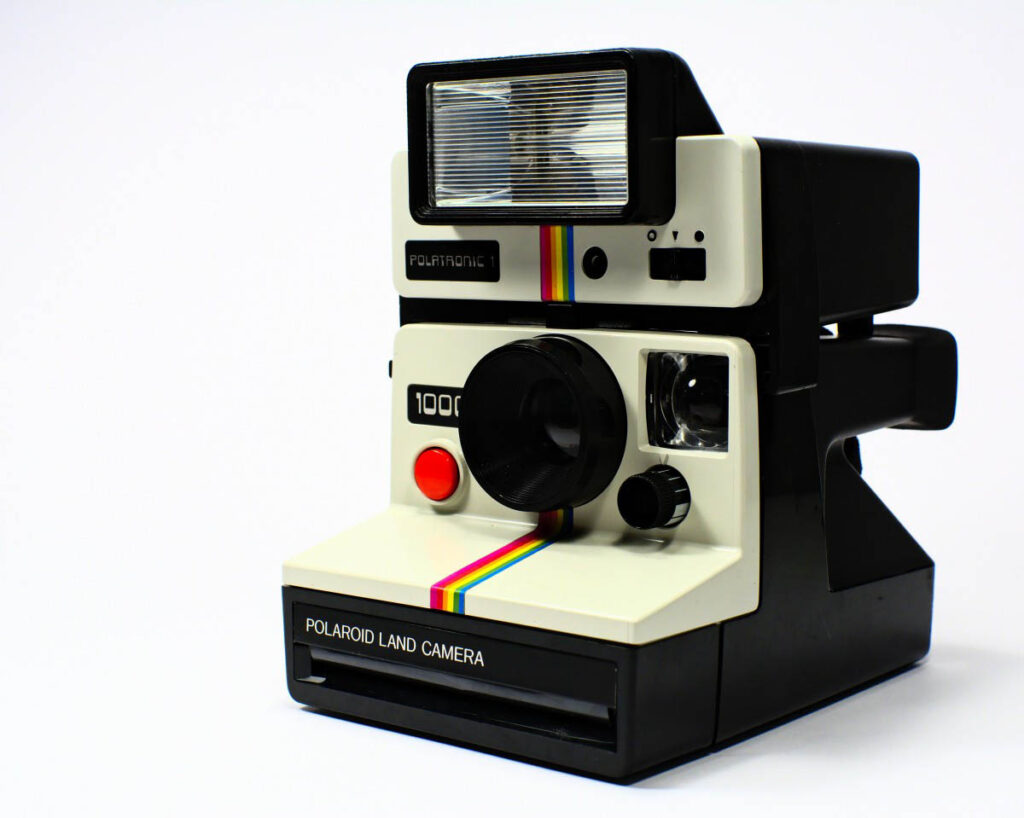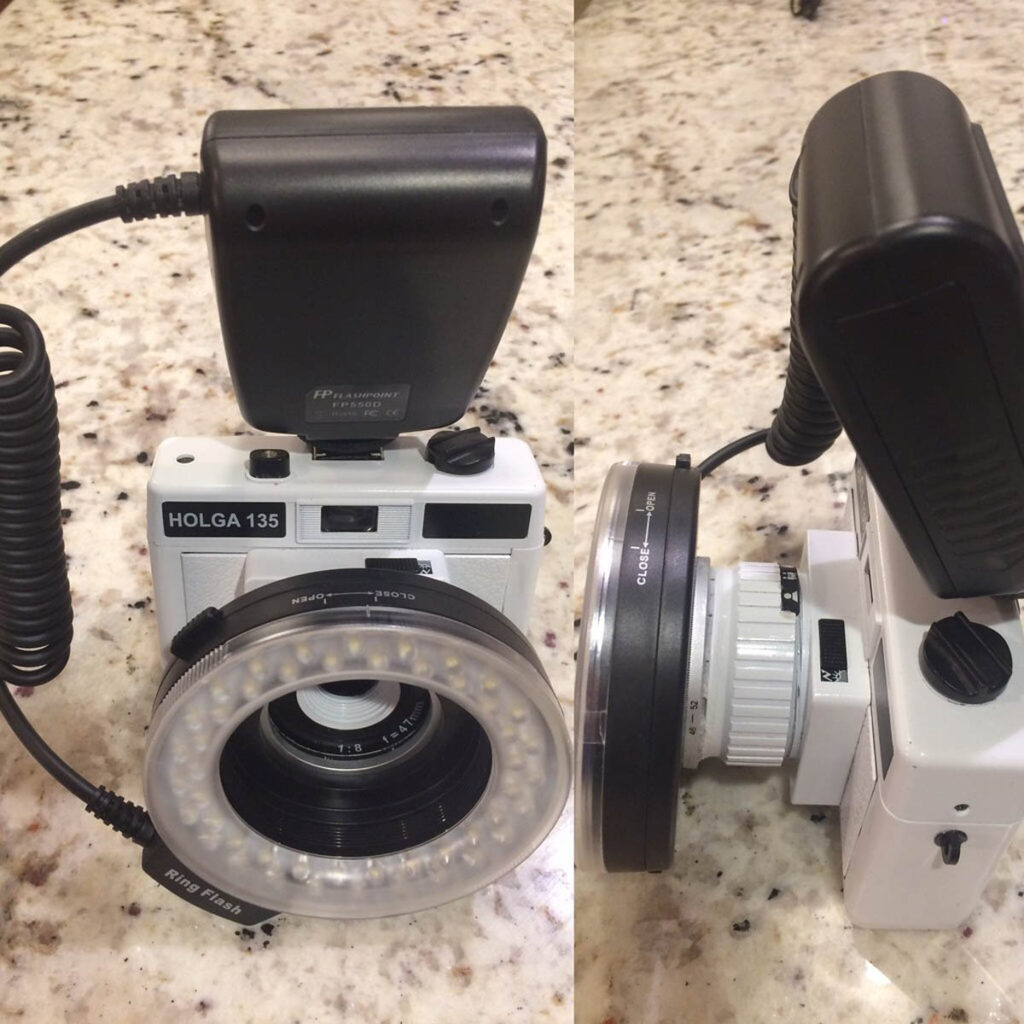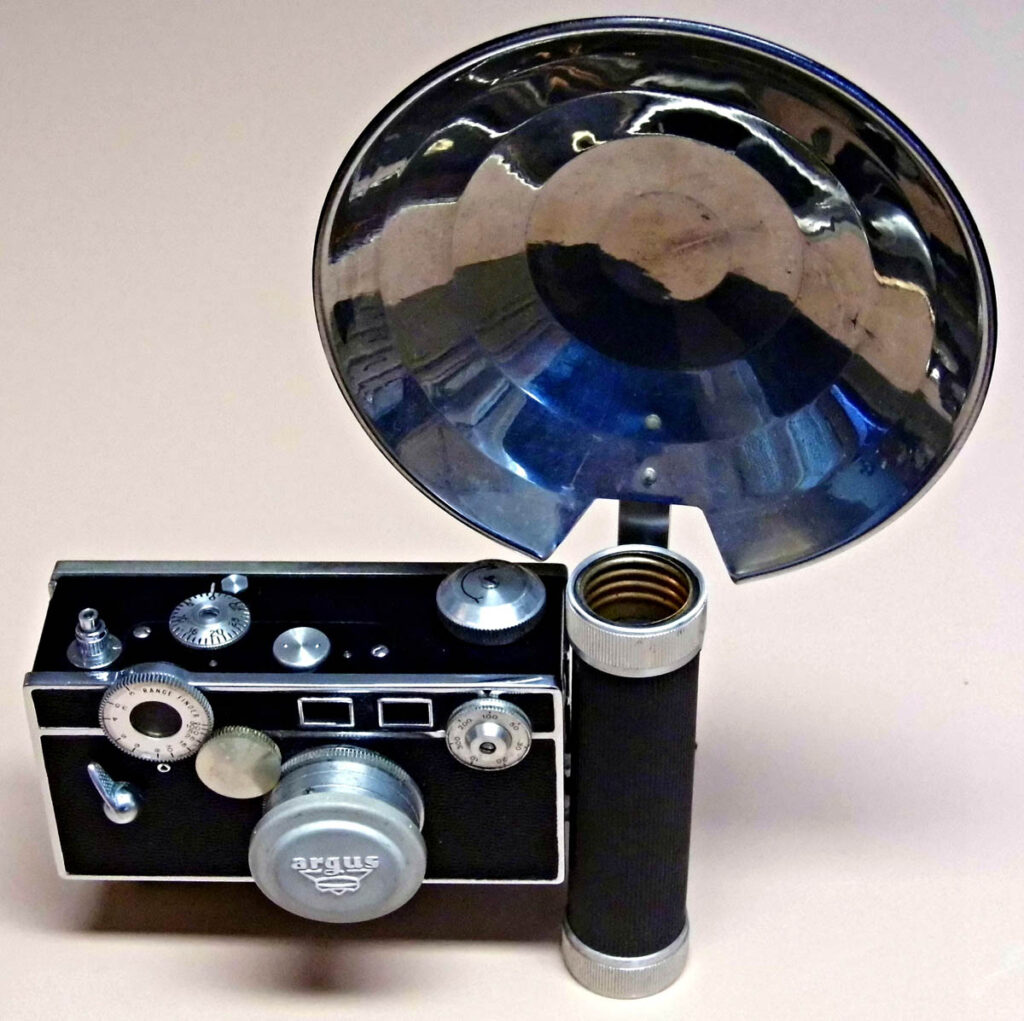Flash lighting is a technique used in photography to create light when natural light is insufficient. This article will explain flash lighting in simple terms and give tips on how to use it effectively. Let’s dive in!
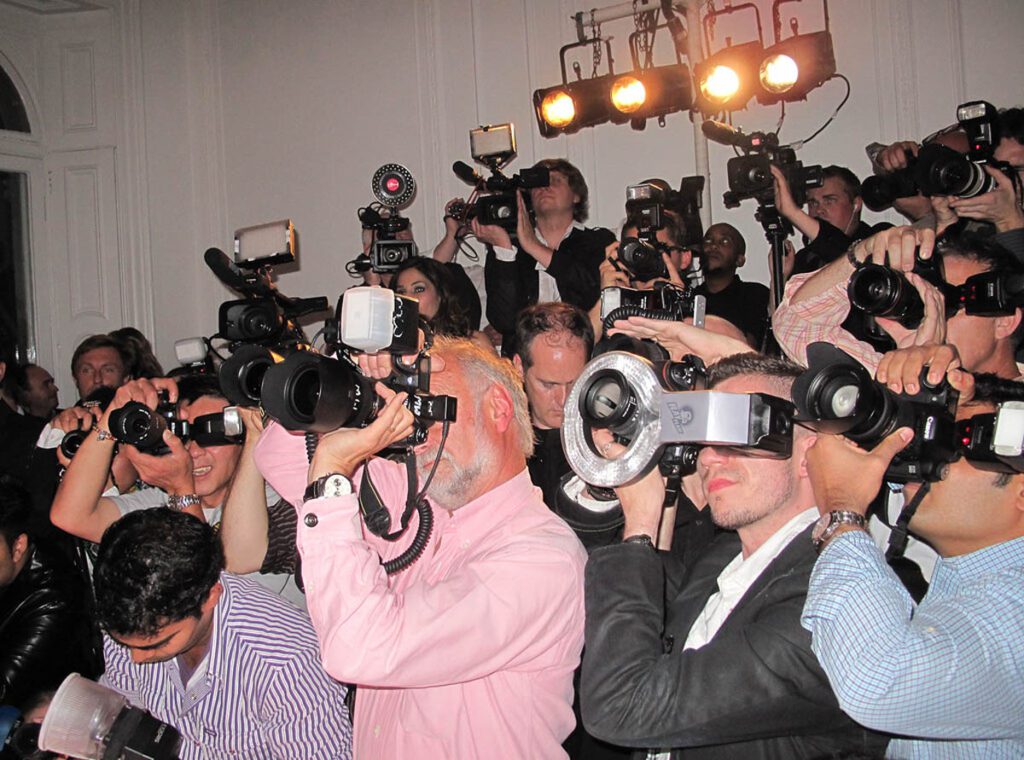
What is Flash Lighting?
Flash lighting refers to the use of a camera flash or external flash units to illuminate a subject. This can be helpful in low-light conditions or when you want to eliminate shadows and highlight certain features.
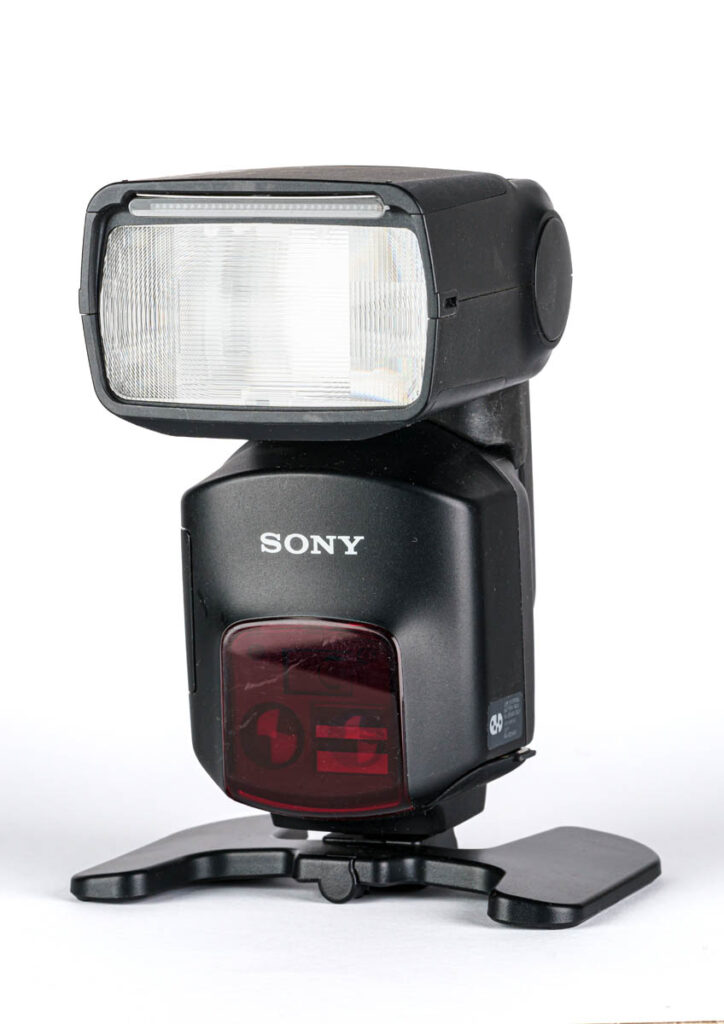
Types of Flash Lighting
Built-in Flash: Most cameras come with a small, built-in flash. It’s convenient and easy to use but can sometimes create harsh, direct light.
External Flash: An external flash, also known as a speedlight, is more powerful and versatile than a built-in flash. It can be attached to the camera or used off-camera for different lighting effects.
Why Use Flash Lighting?
Low Light Conditions: When natural light is not enough, flash lighting provides the necessary illumination to capture clear images.
Freeze Motion: Flash lighting can freeze fast-moving subjects, making it ideal for action photography.
Fill Light: It helps fill in shadows, creating a more balanced and flattering light on the subject.
Creative Effects: Using flash creatively can add drama and depth to your photos.
How to Use Flash Lighting
Direct Flash: This is when the flash is pointed directly at the subject. It’s simple but can sometimes cause harsh shadows or overexposure.
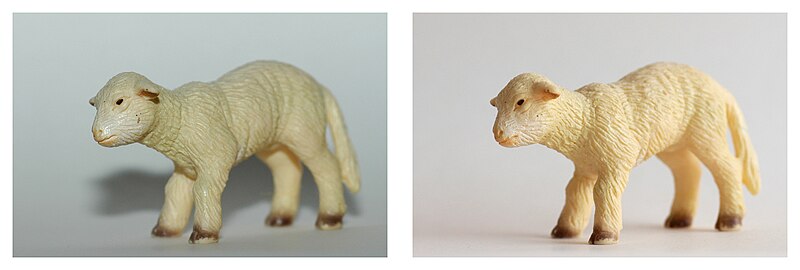
Bounce Flash: By aiming the flash at a ceiling or wall, the light bounces and spreads out, creating a softer, more natural look.
Diffused Flash: Using a diffuser (a small attachment placed over the flash) softens the light, reducing harsh shadows and creating a more even illumination.
Tips for Better Flash Photography
Adjust Flash Power: Many external flashes allow you to adjust the power. Lower the power for close subjects to avoid overexposure.
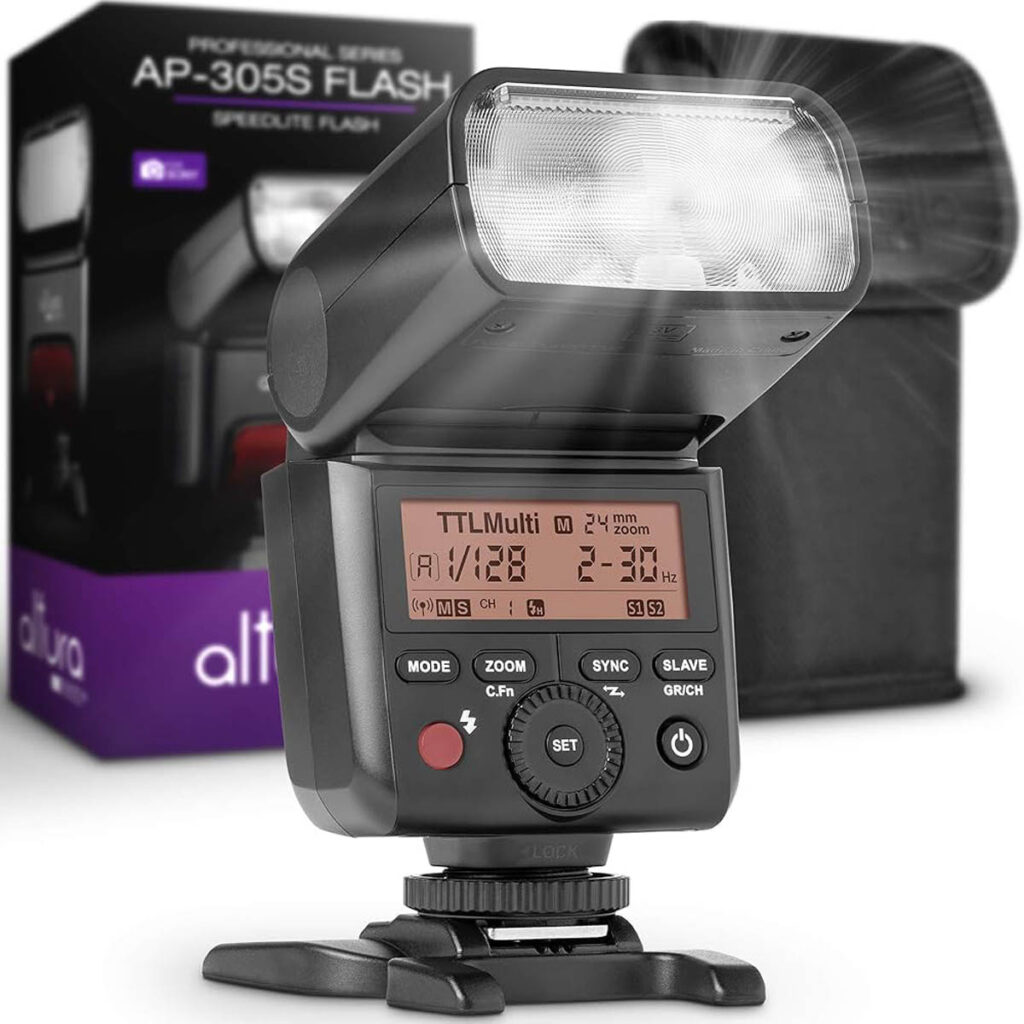
Use Flash in Daylight: Flash isn’t just for the dark! Using flash in bright conditions can fill in shadows and create even lighting.
Off-Camera Flash: Experiment with off-camera flash to control the direction of light and create more dynamic images.
Consider Light Modifiers: Tools like softboxes, umbrellas, and reflectors can shape and soften flashlight for professional results.
Common Mistakes and How to Avoid Them
Overexposed Photos: Reduce the flash power or increase the distance between the flash and the subject.
Red-Eye Effect: This occurs when the flash reflects off the subject’s retinas. To avoid this, use red-eye reduction mode or move the flash away from the camera lens.
Harsh Shadows: Use bounce or diffused flash techniques to soften shadows and create a more flattering light.
Evolution of Flashlights
Conclusion
Flash lighting is an essential tool in photography, allowing you to control and enhance light to create stunning images. By understanding the different types of flash, learning how to use them effectively, and avoiding common mistakes, you can take your photography skills to the next level. Experiment with these techniques and see how it can transform your photos!

